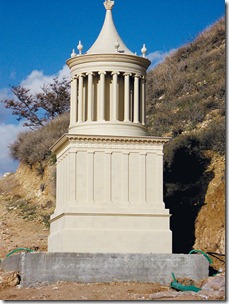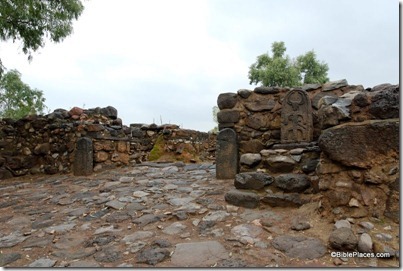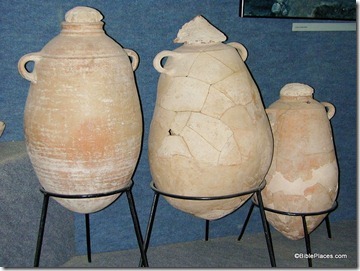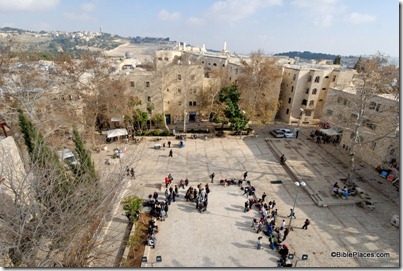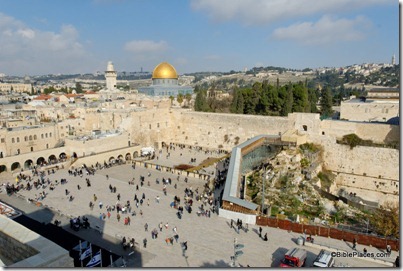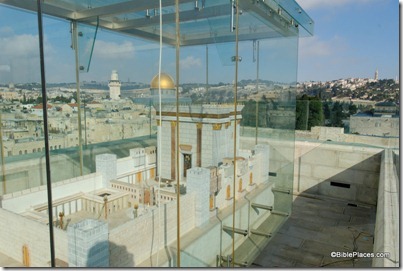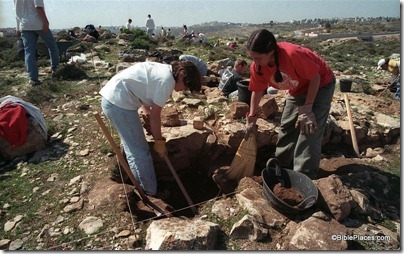A report from the Media Line describes plans to construct a boardwalk along the beach of Gaza City.
Archaeologists are concerned that the construction will destroy remains from the city’s past.
The Tourism and Antiques Ministry in Gaza has come out against the plan to give displaced residents land in the Beach Camp, saying they have archeological remains of an ancient port from the Roman era.
“These lands are the location of very important archeological sites. Excavations were conducted on this site from 1995 till 2005 by the French School of Antiques and Excavation,” says Hayam Al-Bittar, the head of the ministry’s museums department. “We should be doing our best to protect this site, not to offer it as compensation for people to build on it who don’t appreciate their heritage and history.”
She has vowed to file a complaint to the cabinet and, if all else fails, will resign from her position. “Not on my watch,” Hayam warns. “We will not rest until we ensure the safety of this location.”
The United Nations Education and Scientific Organization (UNESCO) and the French School of Antiques and Excavation are backing her, but an informal survey of Gazans about the corniche and its impact finds little concern about the damage to the archeological remains.
The full article is here.

